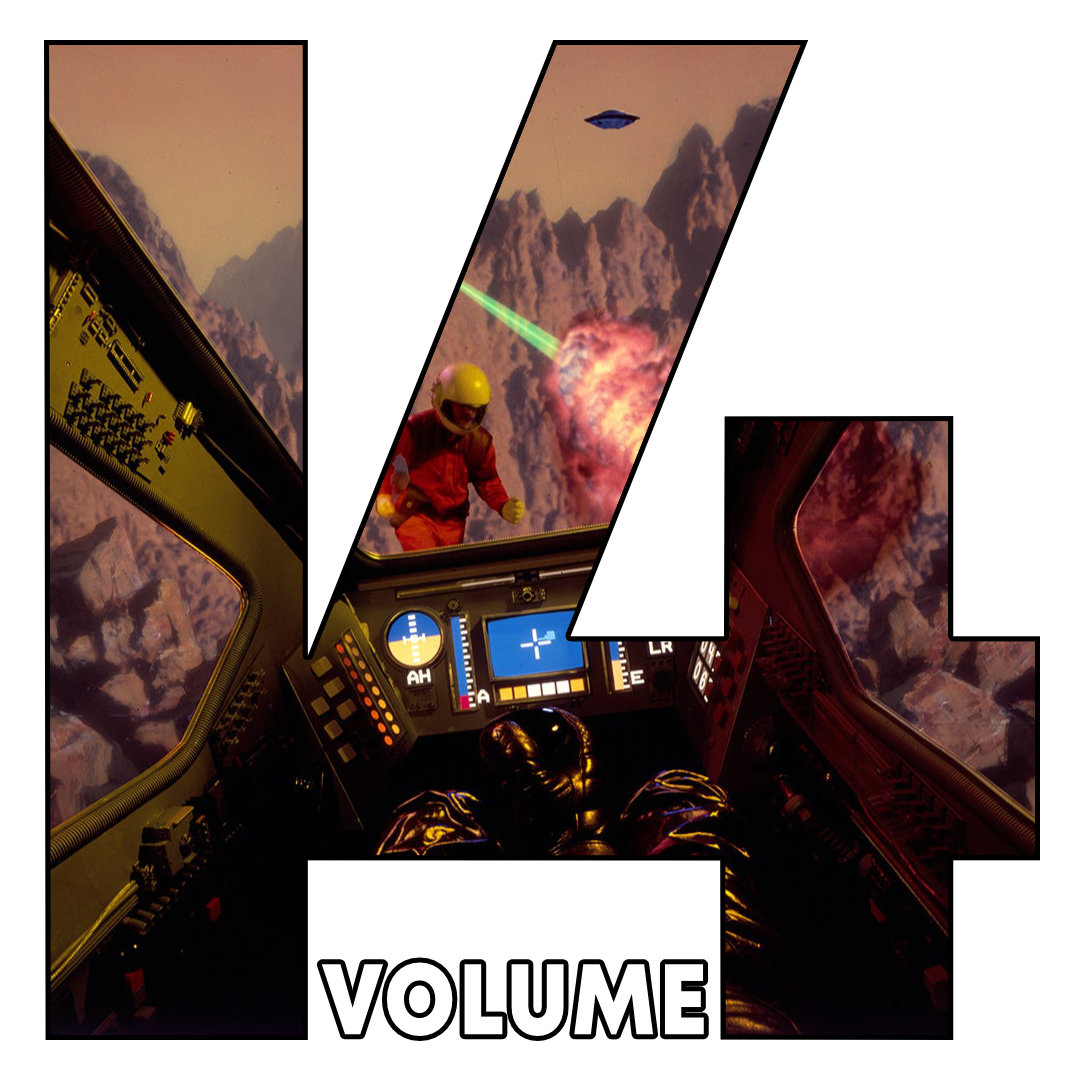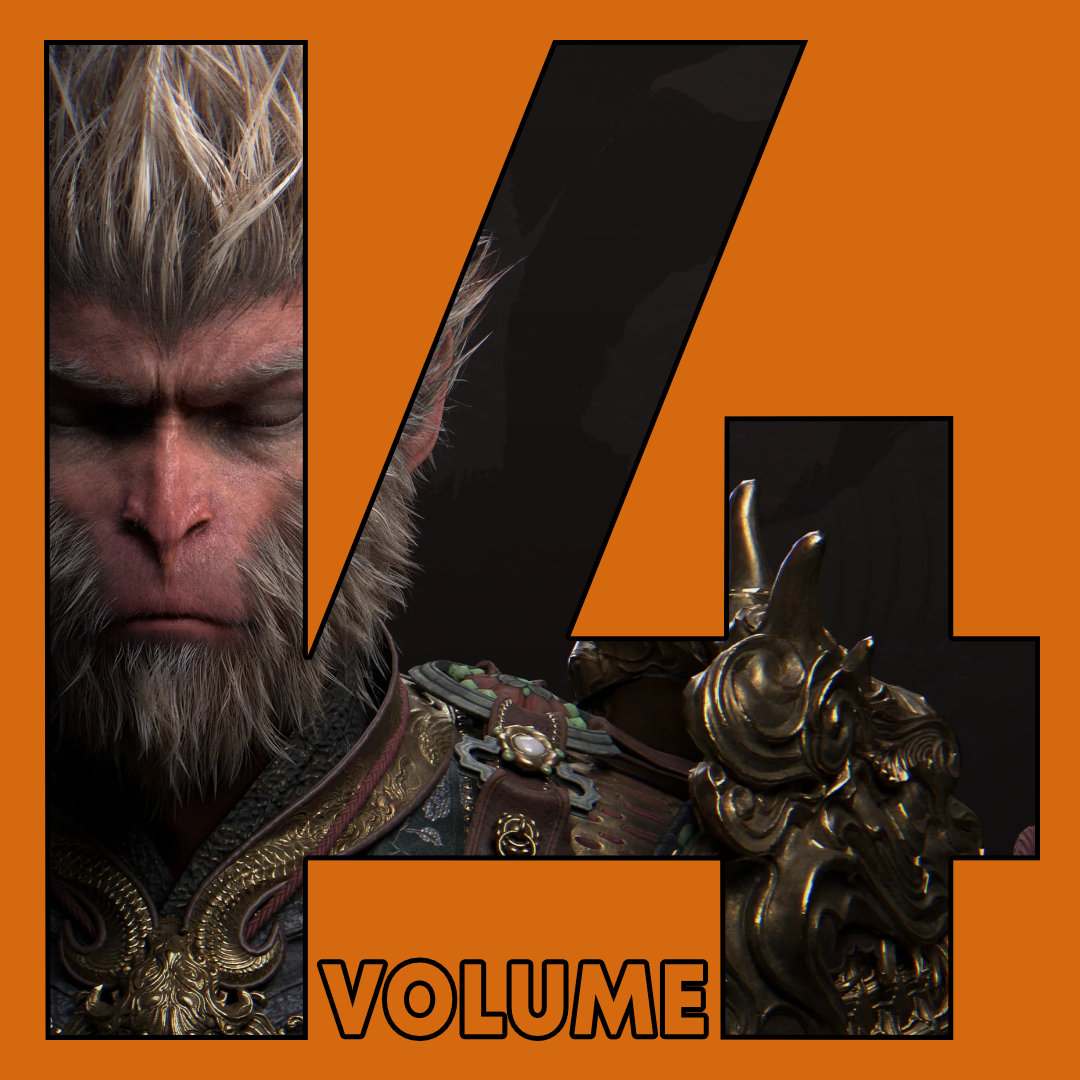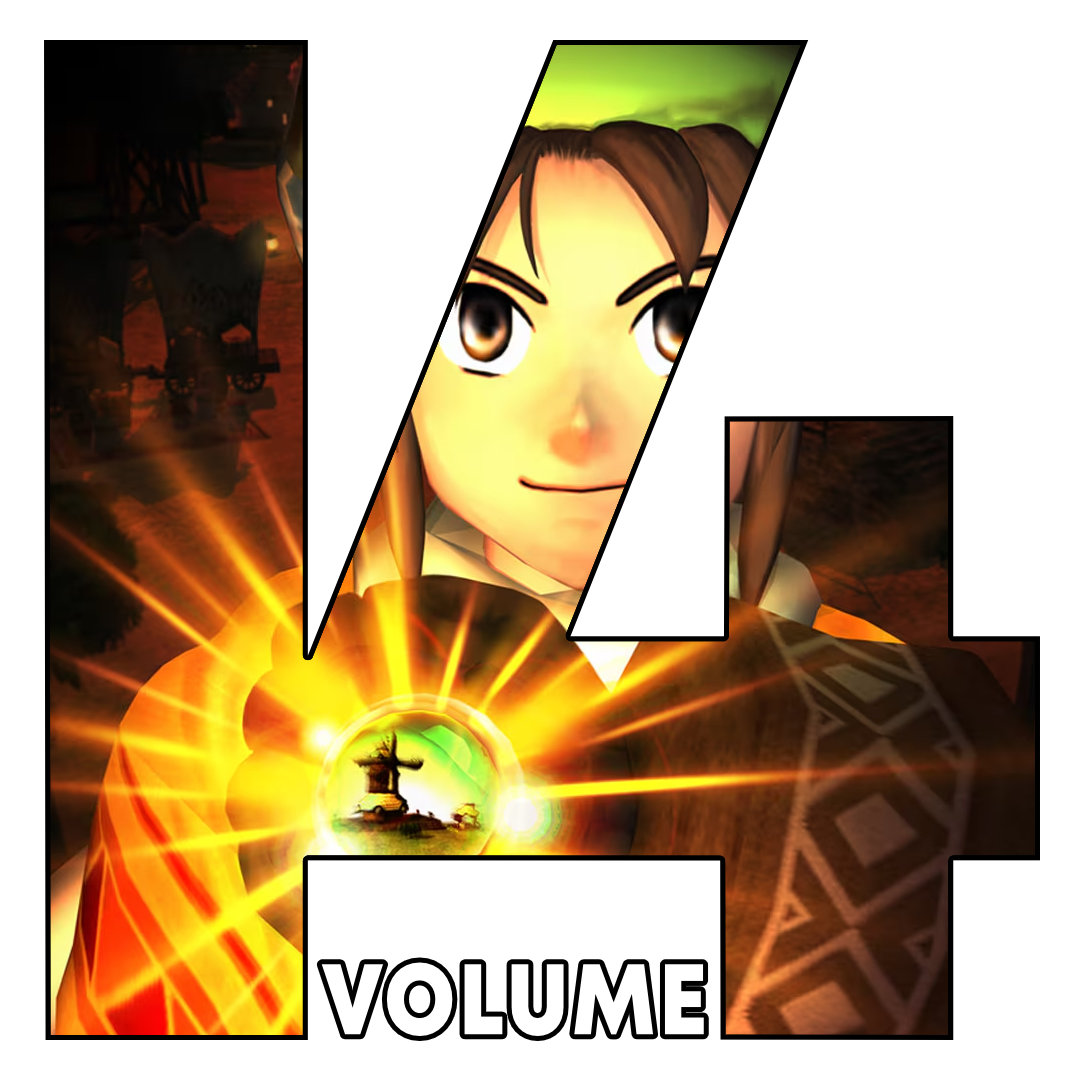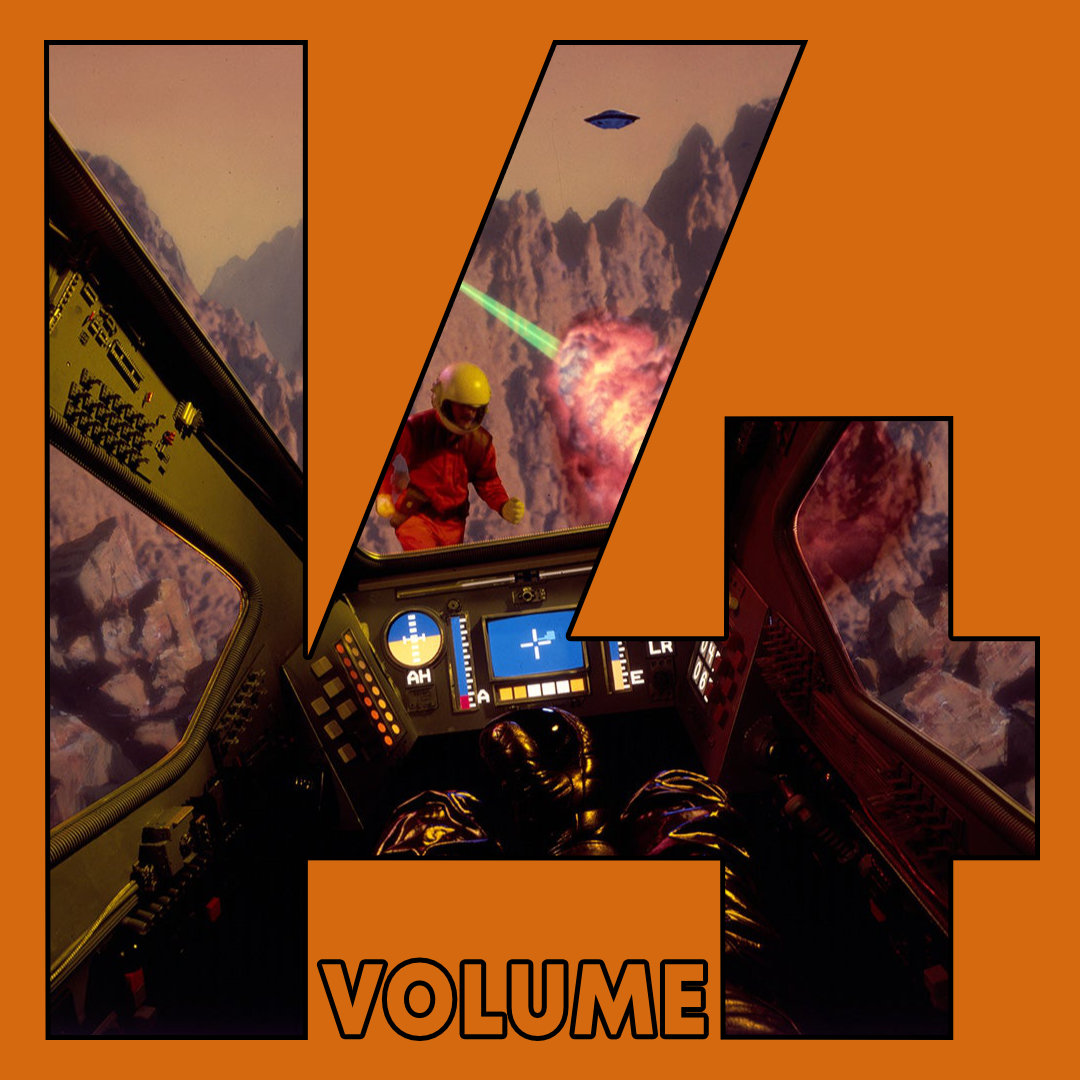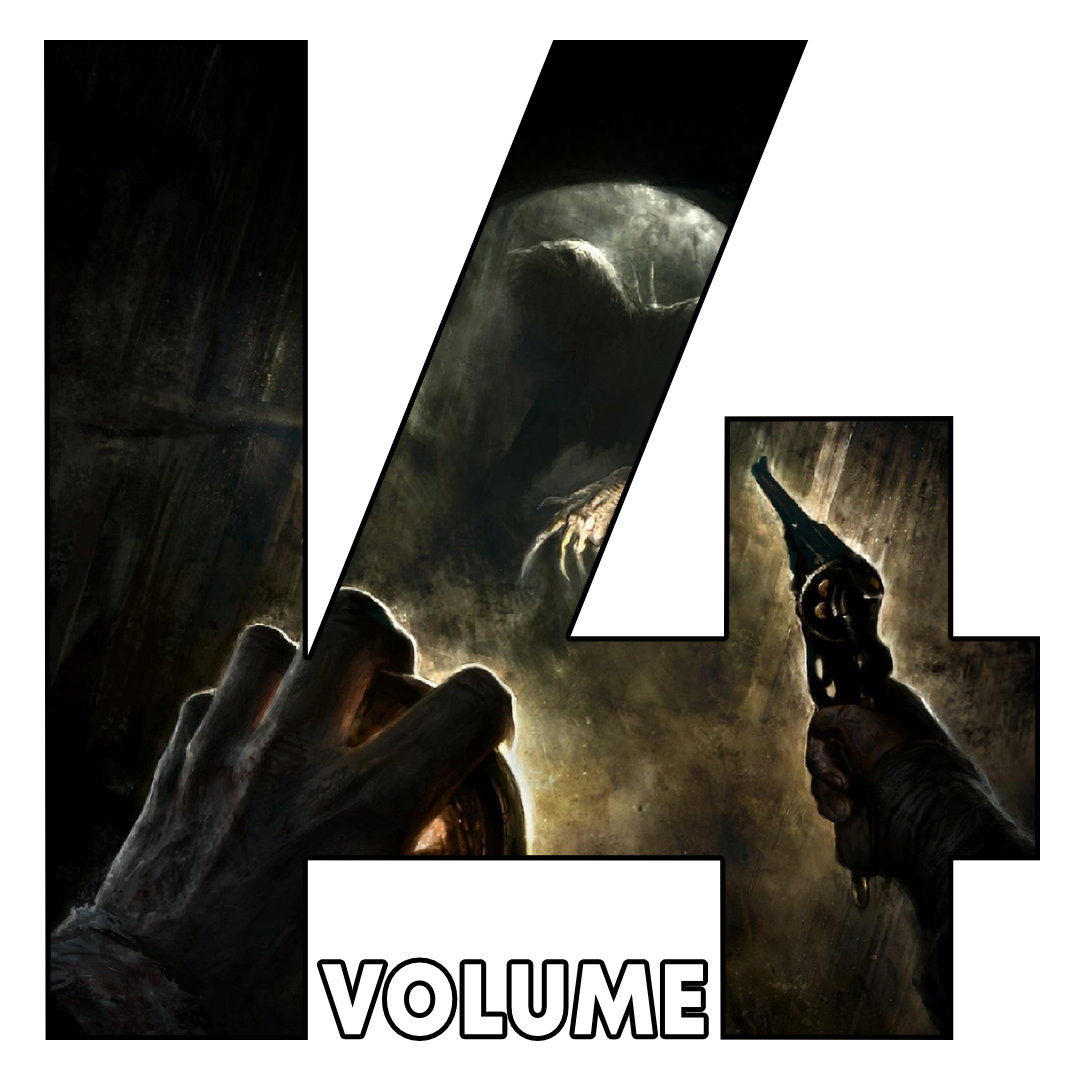Raiden’s solo adventure might be cut from the Metal Gear cloth, but it offers a different slice of action to what we’ve seen before from the series.
Fans of the Metal Gear series will know that Raiden has long been a conflicted sort of character. In Metal Gear Solid 2: Sons of Liberty, we see him struggling to come to terms with his past as a child soldier – of which he was a particularly brutal one, earning him the nickname Jack the Ripper. In Metal Gear Solid 4: Guns of the Patriots, he’s having to adapt to a new cyborg body, his head and spine having been separated from his original torso sometime prior to the events of that game.

Raiden’s internal conflicts – often externalised through series director Hideo Kojima’s lumpen dialogue – centre on the nature of identity. Is he a murderer or a hero? A man or a machine? In Metal Gear Rising: Revengeance, his 2013 outing, these questions come up again. But, this time around, Raiden has found a vehicle that shares his sense of duality. As a game – and as a player – you’re not quite sure what it’s meant to be.
Ostensibly a third-person, character action game, it has the kind of fluid, satisfyingly crunchy combat found in previous titles created by developers Platinum Games. Indeed, strip out the Metal Gear branding, and you’d swear you were playing the bastard love child of Vanquish and Bayonetta – borrowing from the former its visual style and wild freneticism, and from the latter its combo-based brawling and quirky sense of humour.
Dig into the game though, and the schism that marked its development – moving from in-house Konami effort to third-party project – starts to reveal itself.
Most people, myself included, will be lured to Metal Gear Rising by the opportunity to cut through hordes of enemies using this game’s flagship feature, blade mode – which puts the camera over the shoulder and hands control over slashing actions to the right stick. While your power bar lasts, Raiden can slice and dice enemy characters into itty-bitty pieces. Wait for the correct prompt, though, and you’ll get the chance to perform zandatsu – a move which sees Raiden tear his opponents apart before ripping out their power core in order to replenish his own.

It’s an addictive little mechanic that keeps the combat bubbling along nicely, especially halfway through the game, when you’re granted access to Ripper Mode, which puts Raiden into a powered-up state. While in this mode, Raiden can easily take on the bigger, better-armoured enemies, cutting through them effortlessly. And then, once drained, it’s back to zandatsu to refuel and start the carnage again.
The combat system might not have the depth and intricacy of Bayonetta’s, but it is thrilling in motion, if a little button-mashy at times (I made it through the game on ‘normal’ difficulty learning only a handful of combos). Perhaps the greatest praise is that you crave more of it. You’ll find yourself seeking out combat encounters, even while Raiden’s teammates urge caution and enemy avoidance via the codec communications device.
Like the codec, stealth is a staple of the Metal Gear series, and it carries over to Revengeance, albeit not entirely successfully. In his original design for Metal Gear Rising, Kojima imagined Raiden playing the role of the stealth hunter, using acrobatics to stay out of sight before silently killing and, yes, dismembering his enemies. Though there are flashes of that in Revengeance – an early sewer level allows overhead stalking of prey – most of the time, sneaking requires the aid of a cardboard box or oil drum, slowing the gameplay to a crawl and undermining the strengths of the game’s design. It is possible to make it through certain sections of levels without harming anyone or anything, but where’s the fun in that?
Metal Gear Rising is all about the spectacle, and its visual panache is best demonstrated in combat – when the beautifully rendered graphics and animations cycle past at a smooth 40-60fps. It’s what I paid to see, yet the game – through its dialogue and vague end-of-level scoring – seemed to be punishing me for wanting more of it. Maybe I’m reading too much into all this, but I couldn’t shake the notion that I was somehow playing it wrong.

But if I was playing it wrong, I don’t want to be right. The game is brief enough as it is (six hours, including cut-scenes) that, had I done what was often suggested and found ways to slip past as many combat encounters as possible, the experience would barely register. Despite several lengthy missions early on, the final three missions – out of a total of eight – can be completed in less than half an hour each.
Of course there is no direct correlation between game length and quality, but Revengeance feels like it was artificially shortened due to a lack of ideas and a desire to ship a troublesome project as quickly as possible.
What’s there is entertaining, daft and quirky in all the ways we’ve come to expect from Metal Gear and Platinum. But Raiden’s solo outing falls some way short of its predecessors, being neither as memorable as Snake’s own adventures or as inventive as Platinum’s earlier work.


